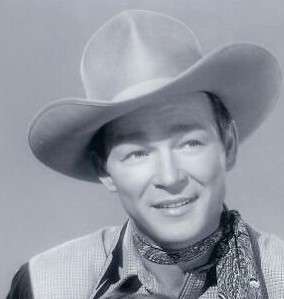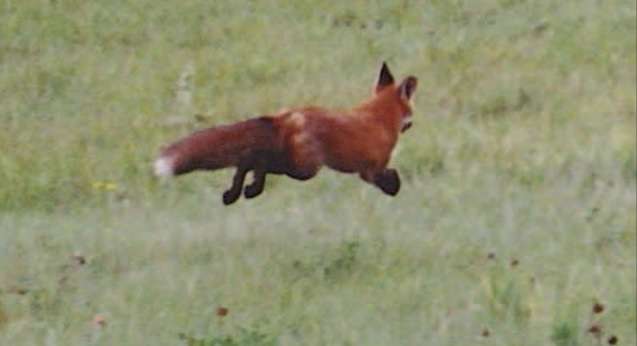I’M JUST CURIOUS: Jello, for what?
 by Debbie Walker
by Debbie Walker
I love getting e-mails from people like Joey Green. He has quite a few books about the different hacks (different uses for ordinary things.) Look him up online, his books are entertainment and a great deal of useful information.
Today I am passing on information he collected about Jello. I loved it, the uses, not the Jello!
Jello to unclog a drain. Most everyone has heard about using vinegar, however, it is often too acidic, possibly damaging. Total Info about this process is online from his book ‘Joey Hacks”.
Jello to style your hair. I guess maybe it would work with most stuff that is sticky and stiff when dry. Don’t forget to make some whipped cream for the left-over Jello!
Jello can be used to make marshmallows. I never heard of it but then again, I am not a cook. Seems a lot easier just to buy them! It is in my recipe book.
Wine Jello? Okay, it’s simple enough, just doesn’t sound very appealing to me. Boil one cup of water and mix with Jello powder until dissolved then add a cup of red wine, stir well, and refrigerate for four hours. Serves four.
How to prepare for a wrestling match in Jello. Pour 2,347 boxes of Jello into an eight-foot square padded box, add boiling water, and chill for two days. I think that match might make national news.
If your apple pie doesn’t have enough flavor, you can always add Jello. Just prepare your apple pie and before the top crust sprinkle ¼ of dry Jello, cover with crust and bake.
Watch seedlings grow roots. Yes, we are still talking about Jello. Root seeds on a damp paper towel. (While your Jello is setting). Once the seeds have sprung plant them in a clear jar or glass. Kids will love it.
Jello for enhancing marital relations. I am not touching that one!
Use Jello to help recover from diarrhea. I believe that is to allow you to eat something! I wonder how many cases of that stuff that hospitals buy.
You’ve seen flavored cream cheese at some time, right? Well, you can choose any flavor you would like with Jello.
I wish I had known about this when I first quit coloring my white hair. You can use Jello, add a little water to make a paste. Apply it then let it dry then rinse. It will last through three or four washes. Maybe I will try it.
I have never heard you can use Jello to stop a nosebleed. Place one tablespoon of any flavor Jello powder on the tongue, press the Jello against the roof of your mouth letting it slowly dissolve The Jello clots the bleed.
Please let me know what ones you try. I know someone will. However, I want to add something I read, not related to Jello. Do you know how to recover from a sugar overload? I read you put one tablespoon of apple cider vinegar in a glass and sip. Acids release tummy calming sugar digesting enzymes. Hope it works!
I’m just curious if you found this as funny as I did. I hope so!! If you have any questions or comments just email me at DebbieWalker@townline.org. Have a great week and thanks for reading again.















 Children do better in school when any vision problems are attended to.
Children do better in school when any vision problems are attended to.